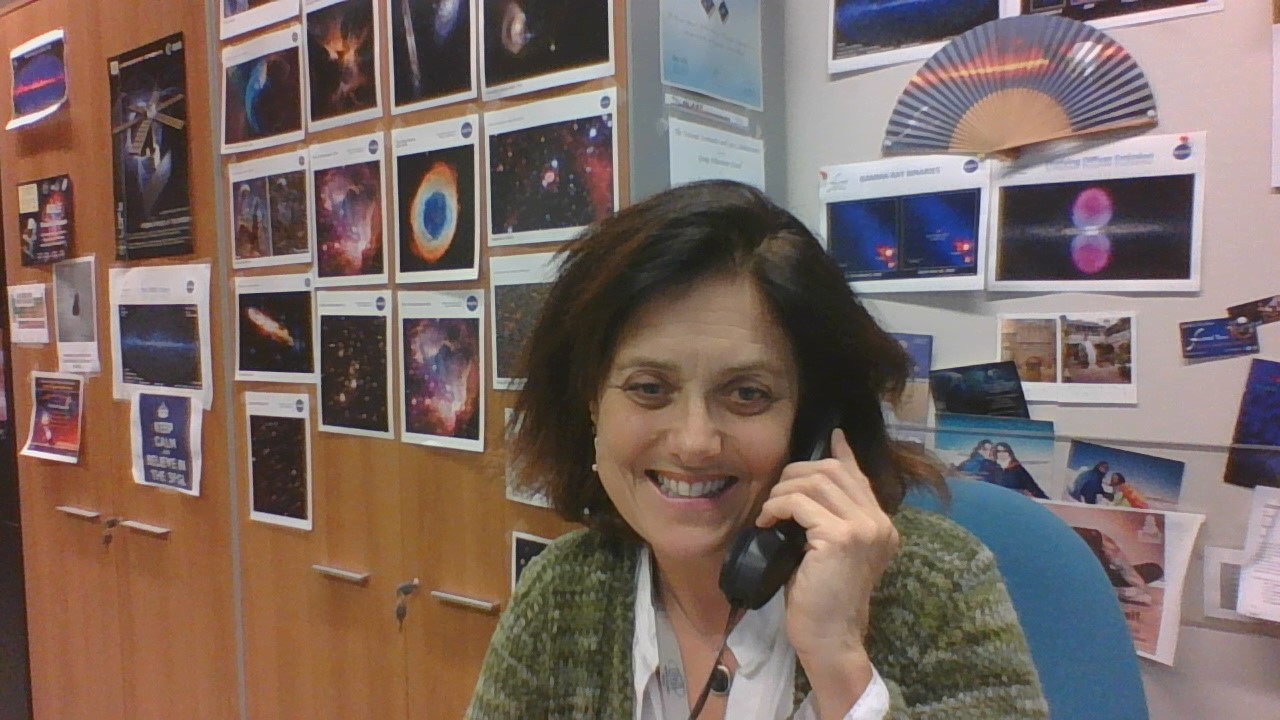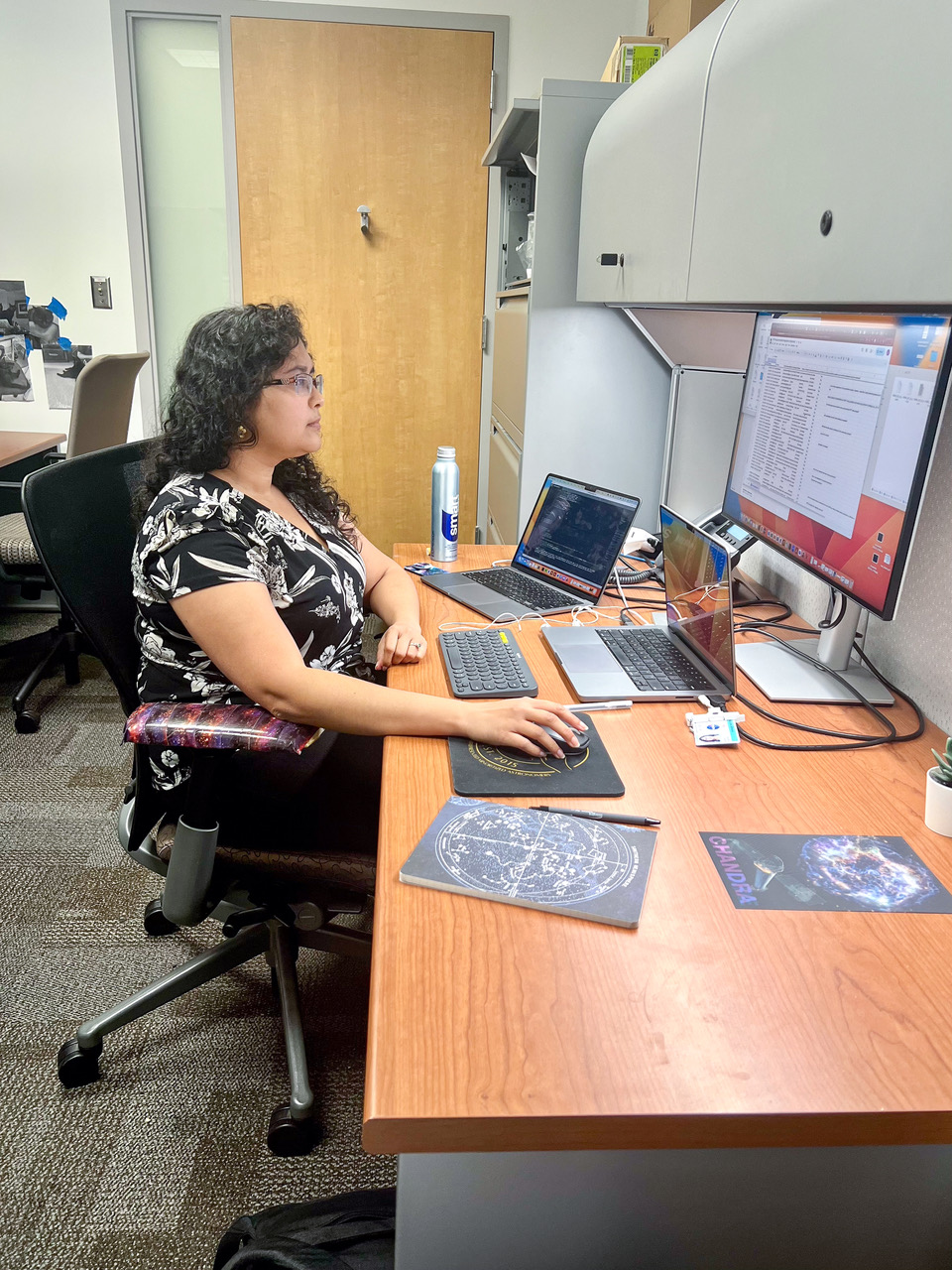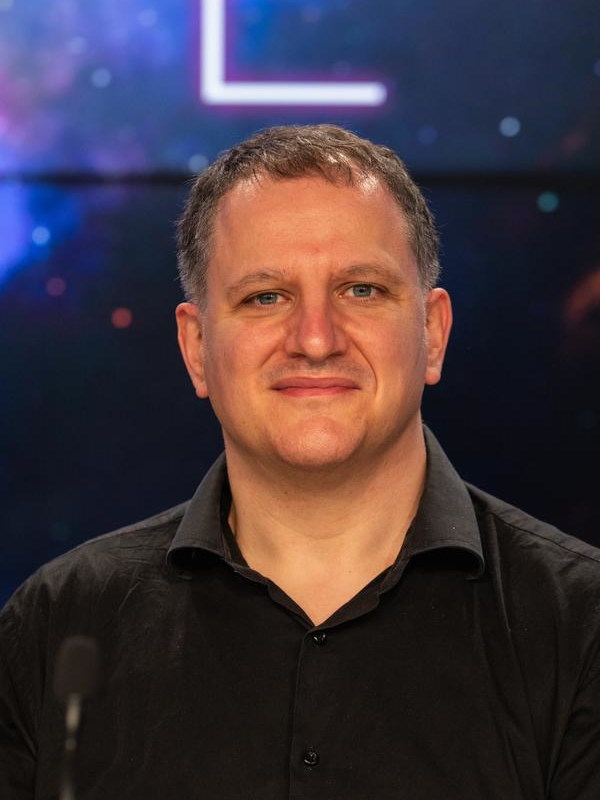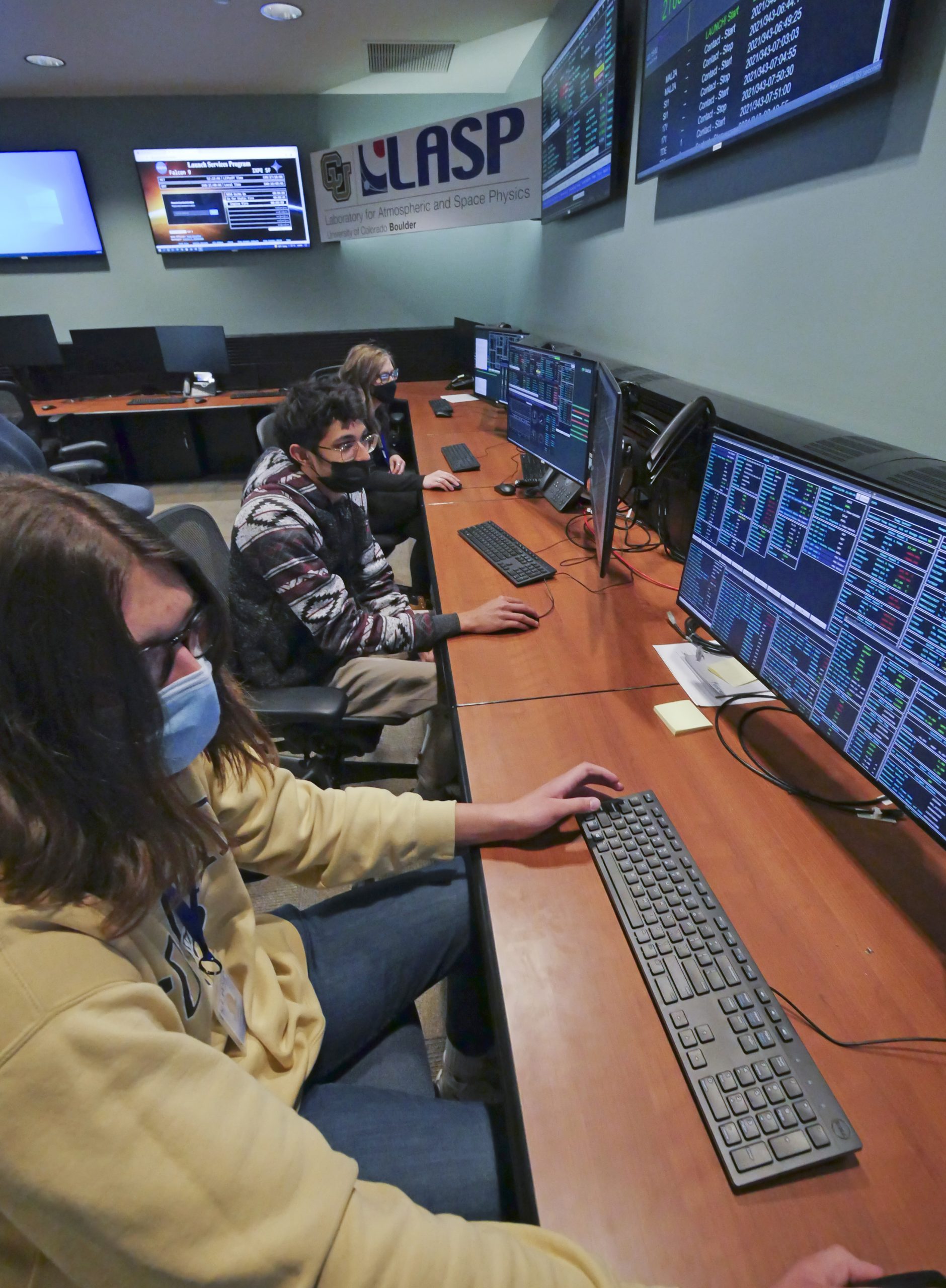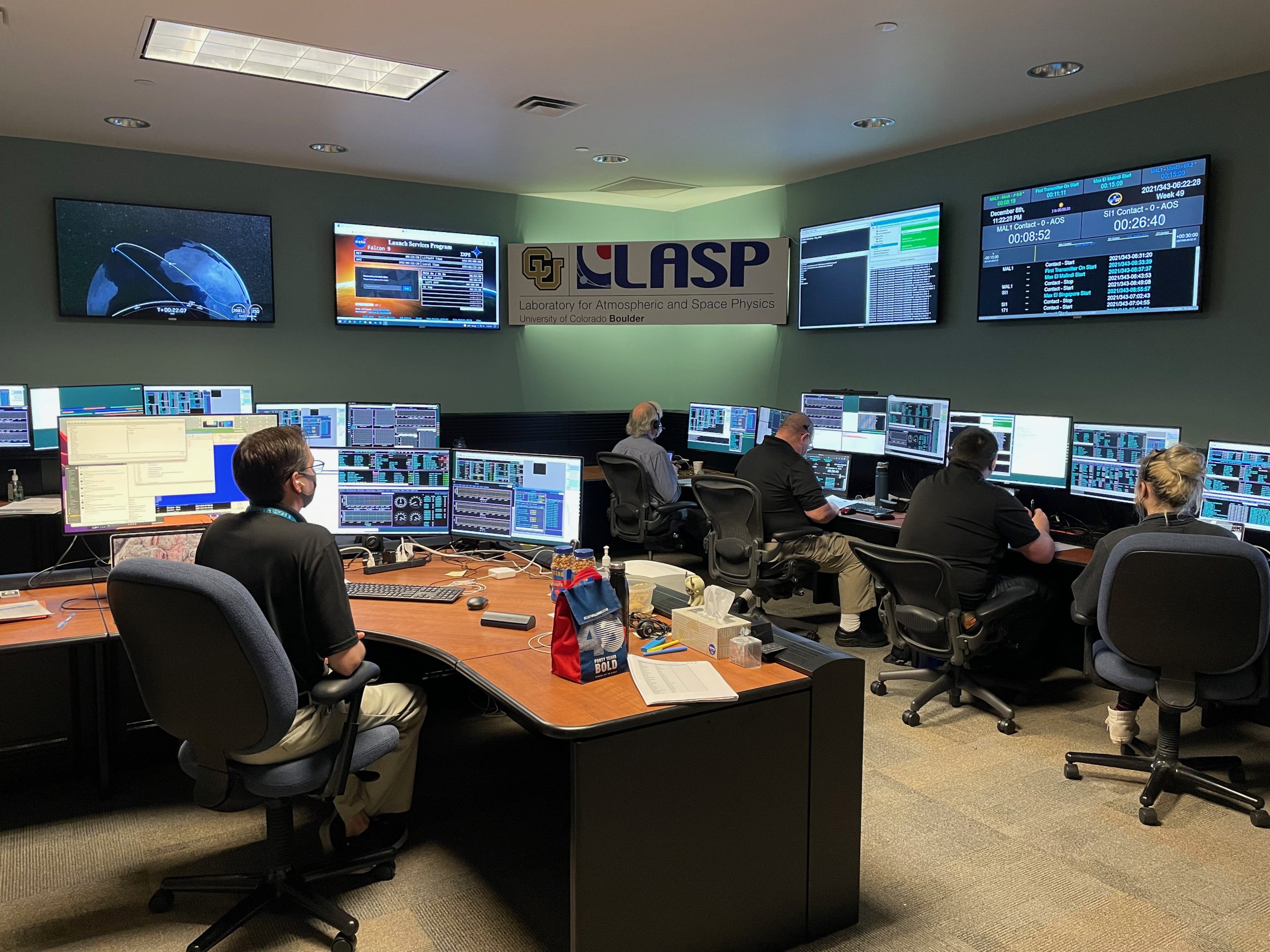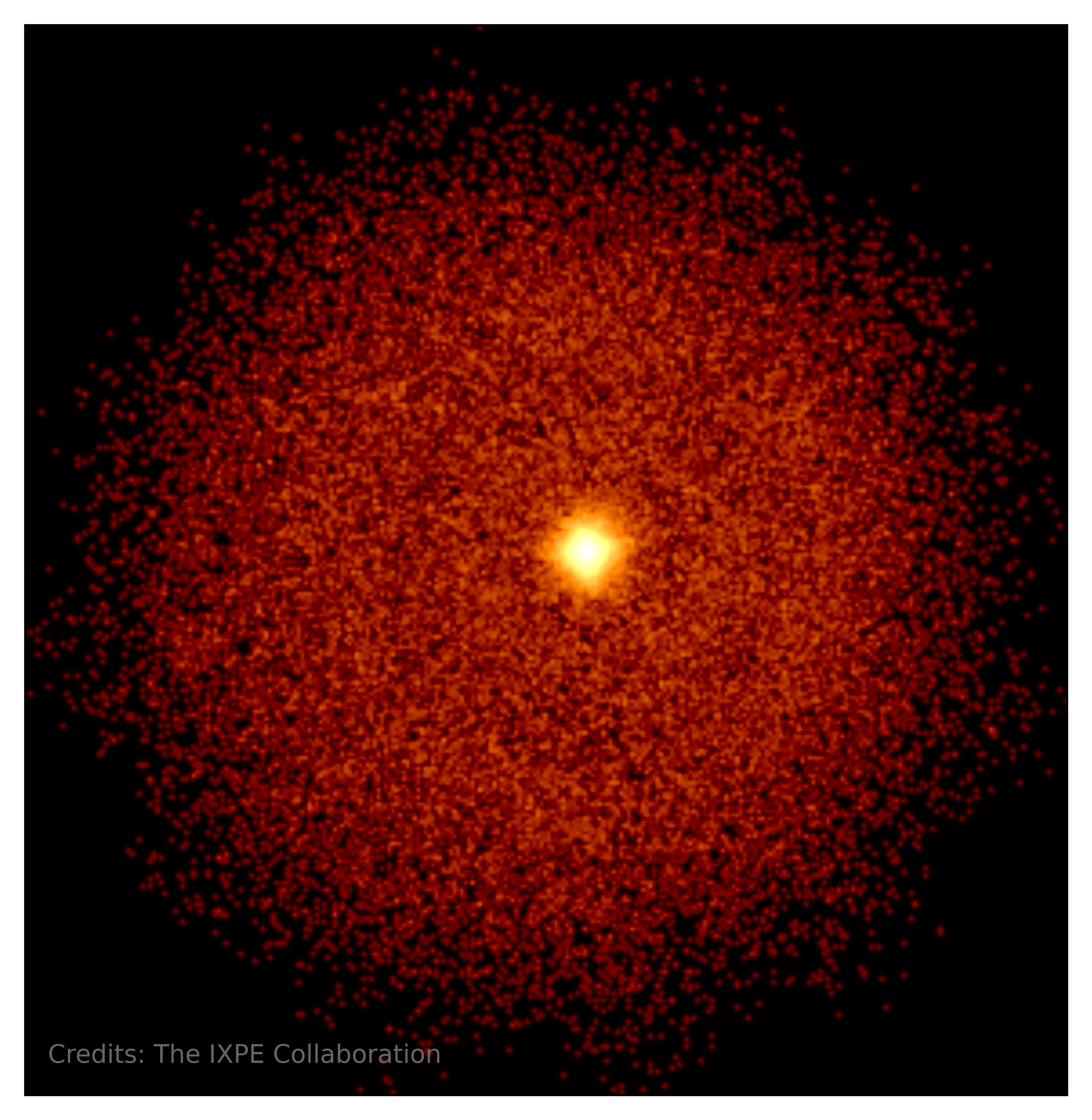Launched in late 2021, the science activities for NASA’s IXPE (Imaging X-ray Polarimetry Explorer) mission were directed by researchers at NASA and the Italian Space Agency through February 2024. Now, during the General Observer phase of the mission, IXPE’s observation program primarily is guided by the broader scientific community.
“We’re in the process of turning X-ray polarization into a standard part of the toolkit for X-ray astronomers around the globe,” said Philip Kaaret, IXPE principal investigator at NASA’s Marshall Space Flight Center in Huntsville, Alabama. “The response across the high-energy astrophysics community has been tremendous.”

The General Observer Program, which officially began in February, invites astrophysicists and space scientists around the world to propose exciting new investigations of black holes, neutron stars, active galactic nuclei, and other high-energy X-ray sources using the IXPE telescope.
In the spacecraft’s first two years of operation, NASA’s research partners included more than 175 scientists in 13 countries – and interest continues to swell. Proposed investigations submitted to date to the General Observer Program involve more than 1,400 researchers at 174 unique institutions in 30 countries.
“Our chief goal to enable every interested party to use, analyze, and interpret IXPE data,” said Kavitha Arur, program lead at NASA’s Goddard Space Flight Center in Greenbelt, Maryland. “We want to maximize science outputs and cover the widest possible range of targets.”
In June 2023, NASA issued an open invitation to researchers to propose new IXPE missions and targets of observation. By the October 2023 deadline, the General Observer Program team had received 135 proposals for Cycle 1, covering the first year of the program. Each proposal was exhaustively peer-reviewed by NASA astrophysicists and associated experts in the field.

Researchers proposed studies based on the number of seconds of IXPE target observation they estimated they would need to obtain the data necessary to verify a hypothesis or model.
For Cycle 1, the team selected 39 proposals, totaling about 15 million seconds of total observation time. That figure will include some overlap among selected targets – and the targets selected included a few surprises.
“Some of the selected proposals were for types of targets we hadn’t previously considered, such as tidal disruption events,” Kaaret said. A tidal disruption event is when a star is pulled into a supermassive black hole and torn apart.
Cycle 1 researchers also will, for the first time, use IXPE to study a white dwarf, a stellar core remnant roughly the size of Earth but with a mass comparable to that of our Sun. That white dwarf is part of the binary system T Coronae Borealis, roughly 3,000 light years from our solar system. “T CrB,” as it’s known to astronomers, also includes an ancient red giant which emits a nova eruption every 80 years or so. It was last seen in 1946, and astronomers anticipate another eruption between now and September 2024. For stargazers on Earth, this nova will appear to be a star that wasn’t there before.
That wide window of time makes T CrB a “target of opportunity” for IXPE – an unpredictable wrinkle in the meticulously plotted Cycle 1 schedule. Such an event requires quick reaction on the part of the team to enable IXPE to point at it without a lot of advanced scheduling.
Allyn Tennant, who heads IXPE’s science operations center at Marshall, is tasked with mapping out IXPE’s timetable. He factors in the precise duration of each observation, the time needed to download its findings, and the necessary repositioning time between targets.
What does it take to execute such a complex plan? “A certain amount of thought, a certain amount of swearing, and a whole lot of replanning,” Tennant said.
“We started the program the first week of February and by late April, Allyn had already rescheduled the plan seven times,” Kaaret added. “It makes for some stressful weekends, but a lot of really exciting results come from these unanticipated events.”
IXPE spends about a week on each target, on average, so it’s not hard to schedule roughly 40 targets in a 52-week window, Tennant said – until one encounters those targets of opportunity. There’s also the challenge of managing the inflow of data from each observation. The brighter the target, the bigger the volume of incoming data that must be captured, verified, and distributed to the investigators.
The spacecraft’s busy schedule also factors in joint astronomical observations with other NASA instruments conducting their own orbiting science missions. Those joint efforts further extend the value of data gathered during IXPE’s General Observer Program studies but add another level of complexity when targets of opportunity call for reshuffling the schedule.
During Cycle 1 and Cycle 2, IXPE is teaming with NASA’s NICER (Neutron Star Interior Composition Explorer) X-ray observatory, which studies neutron stars, black holes, and other phenomena from its permanent vantage point aboard the International Space Station. In Cycle 2, beginning in February 2025, the program also will partner with NASA’s orbiting Swift and NuSTAR (Nuclear Spectroscopic Telescope Array) imagers, which monitor gamma-ray bursts and high-energy cosmic X-ray events, respectively.
The growing interest in IXPE’s success led USRA’s Science and Technology Institute to announce the first IXPO (International X-ray Polarimetry Symposium), to be held in Huntsville Sept. 16-19. Astronomers, engineers, and X-ray technologists are encouraged to attend.
View the complete list of selected IXPE Cycle 1 research proposals. Learn more about program guidelines for submitting Cycle 2 proposals.
IXPE, led by NASA Marshall, is a collaboration between NASA and the Italian Space Agency. The Space & Mission Systems division of BAE Systems Inc., in Broomfield, Colorado, manages spacecraft operations together with the University of Colorado’s Laboratory for Atmospheric and Space Physics in Boulder.



